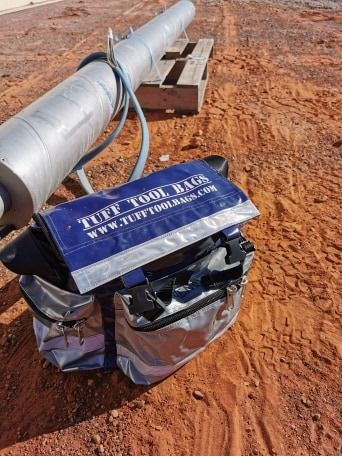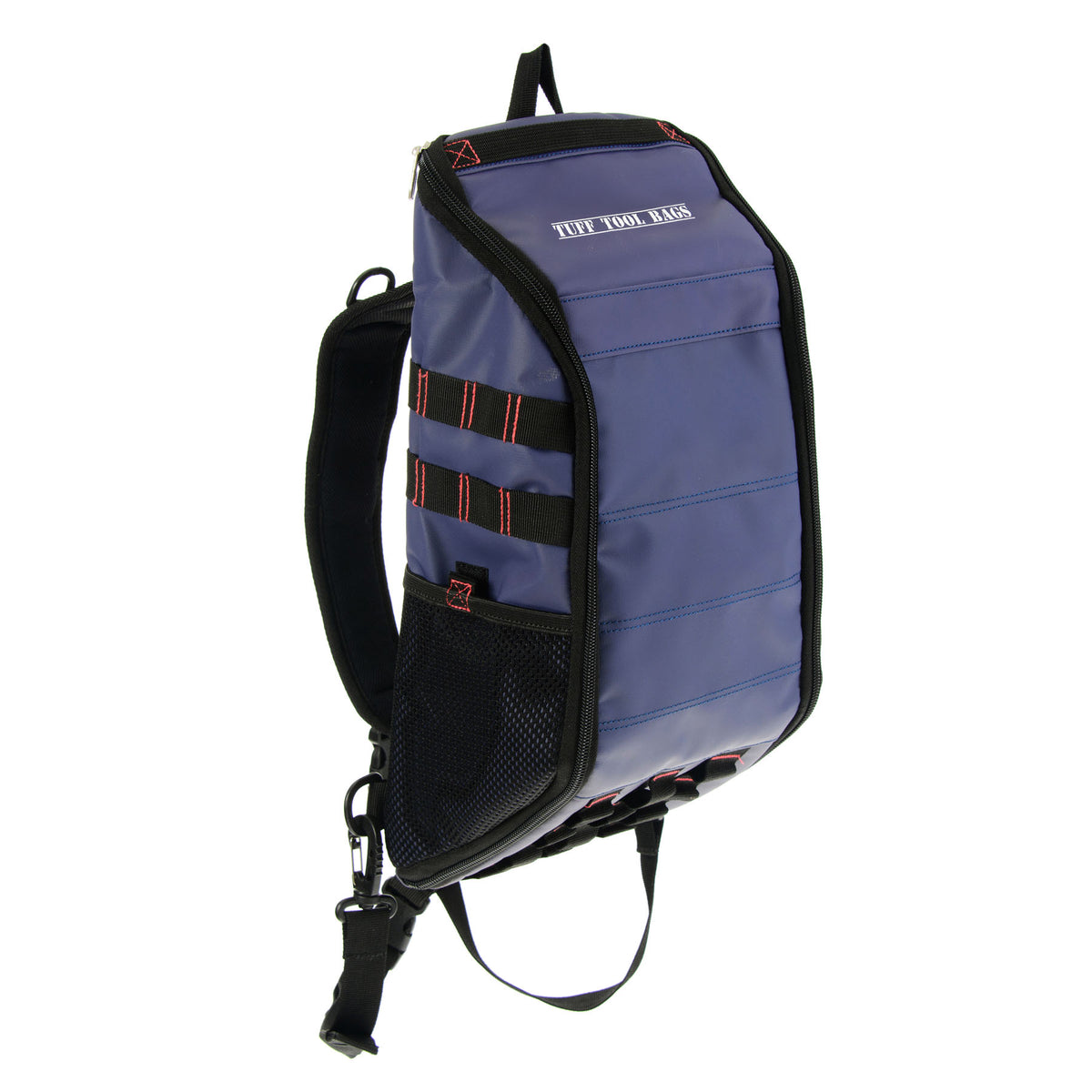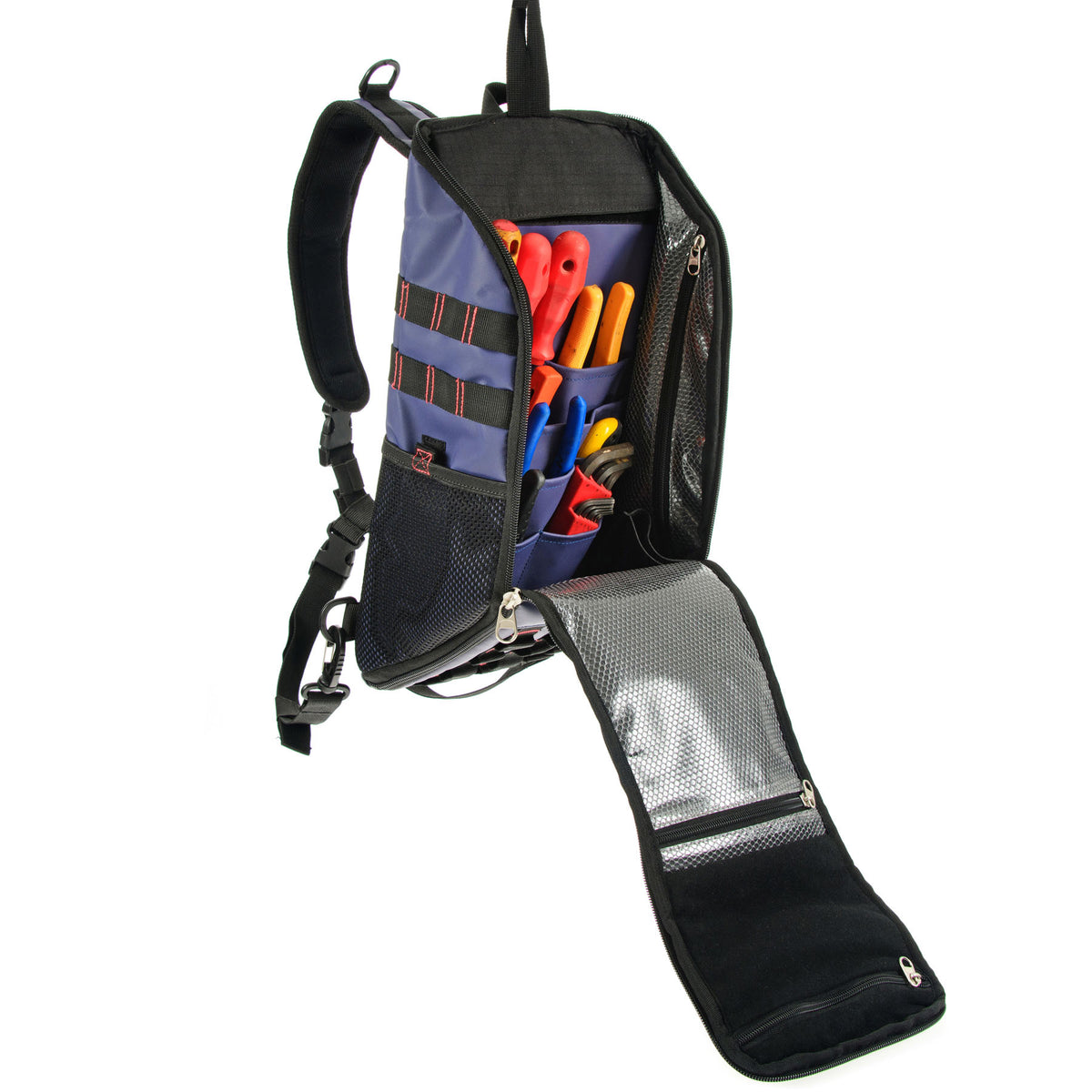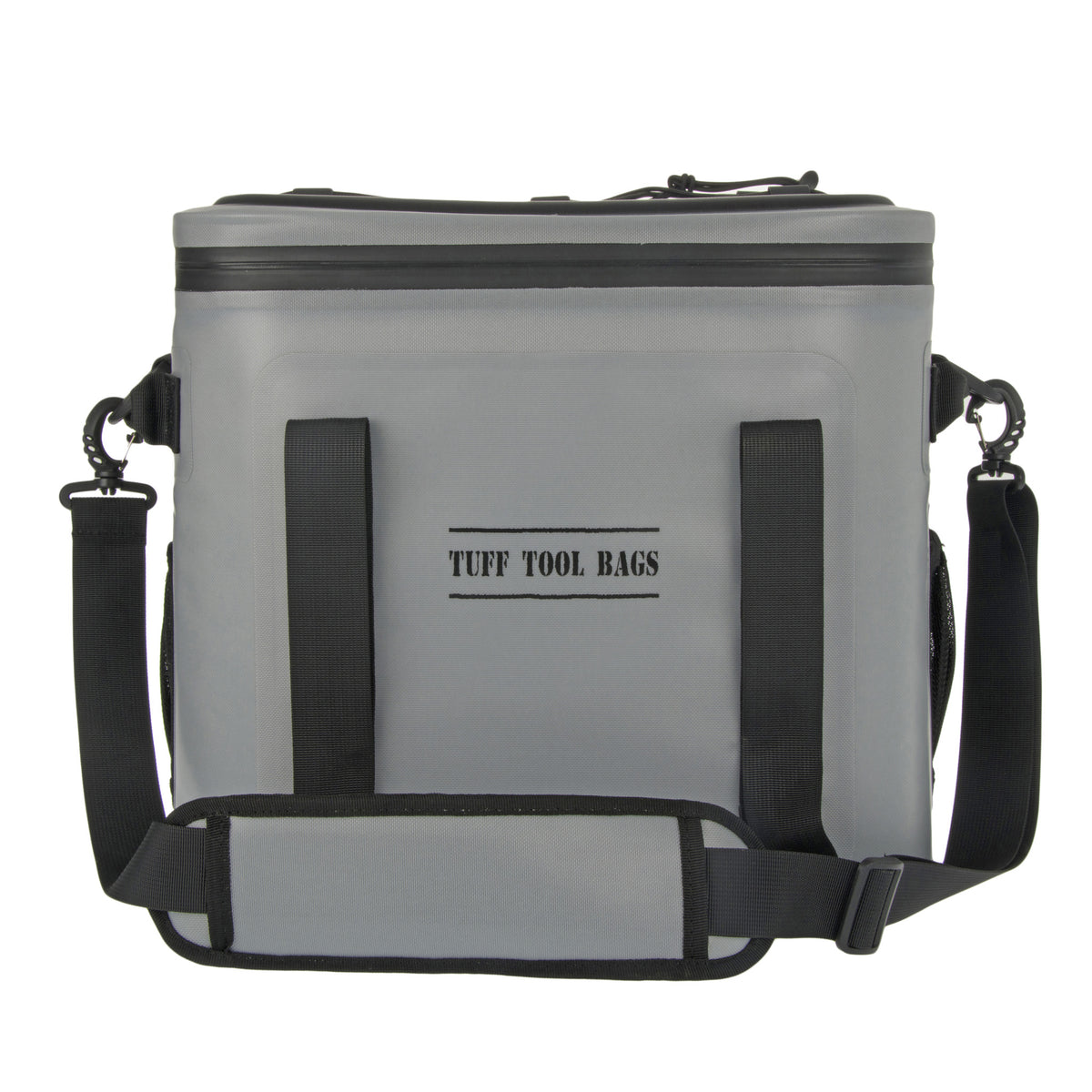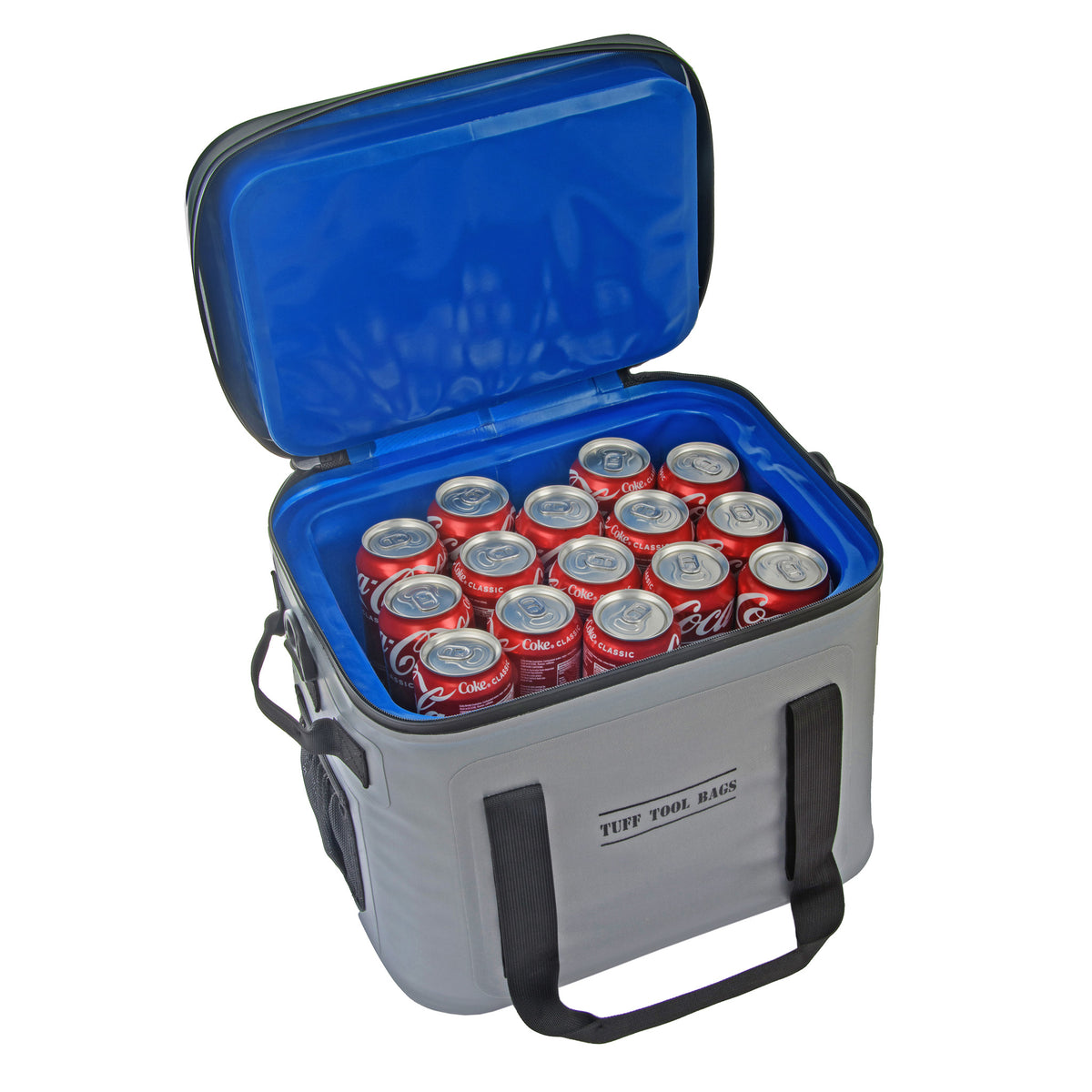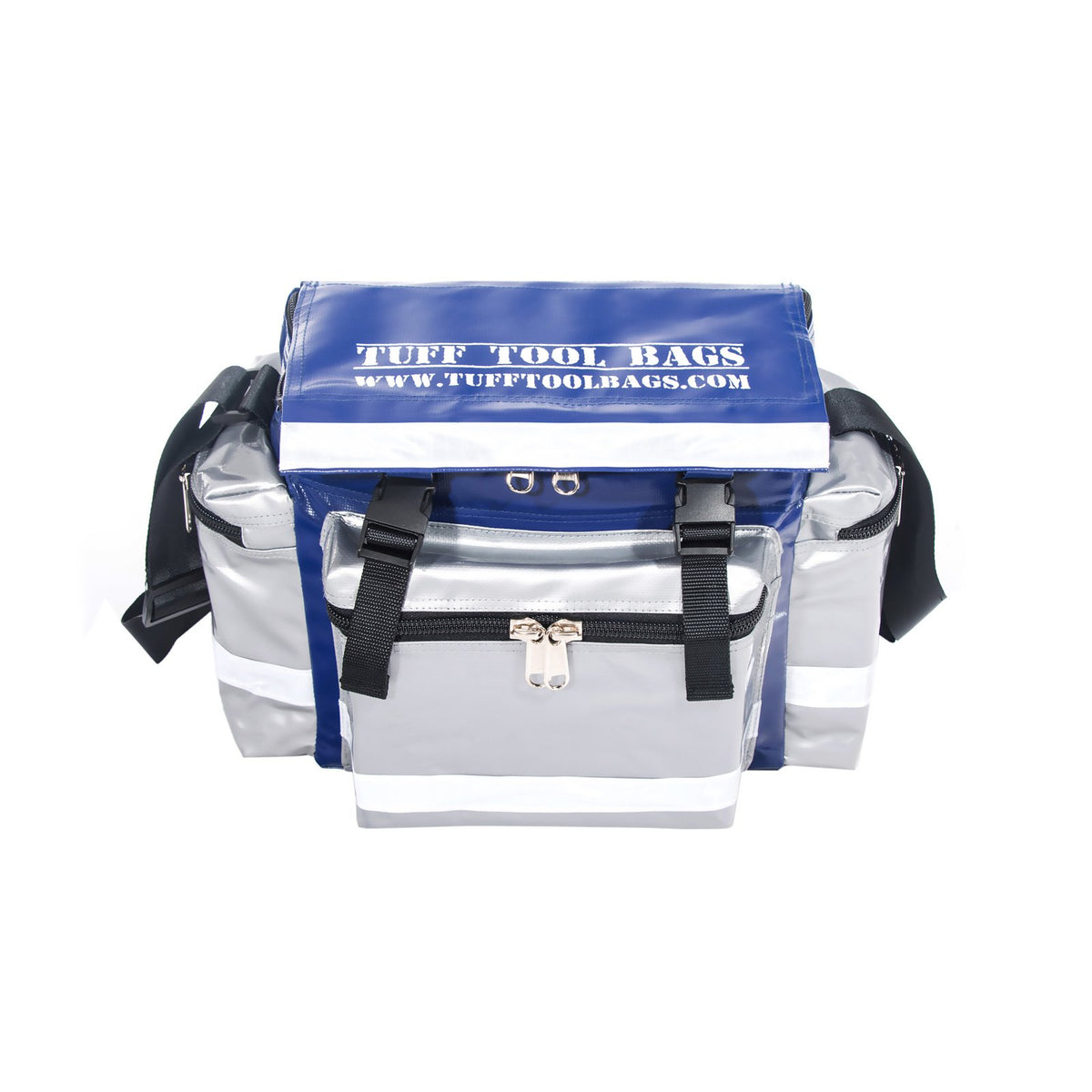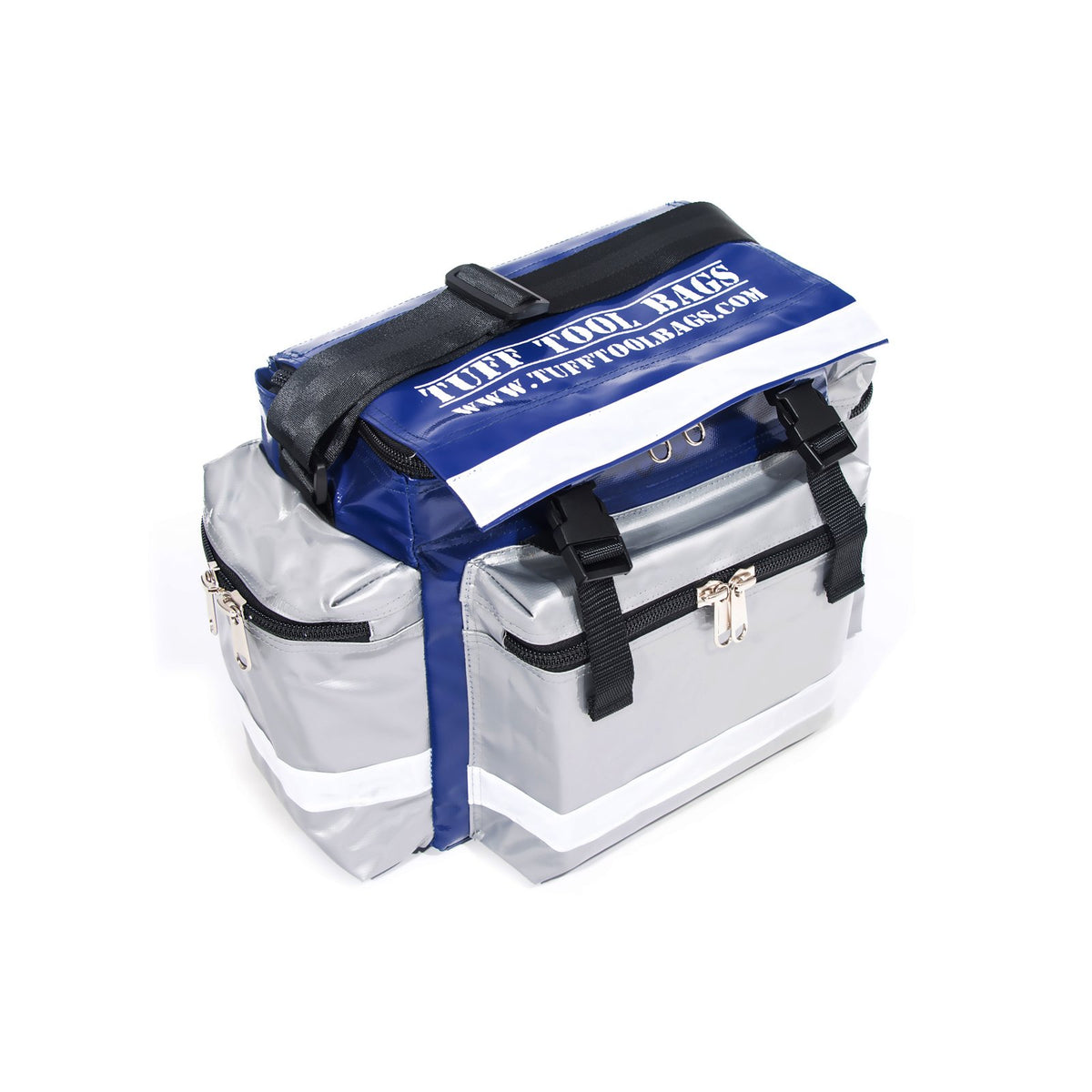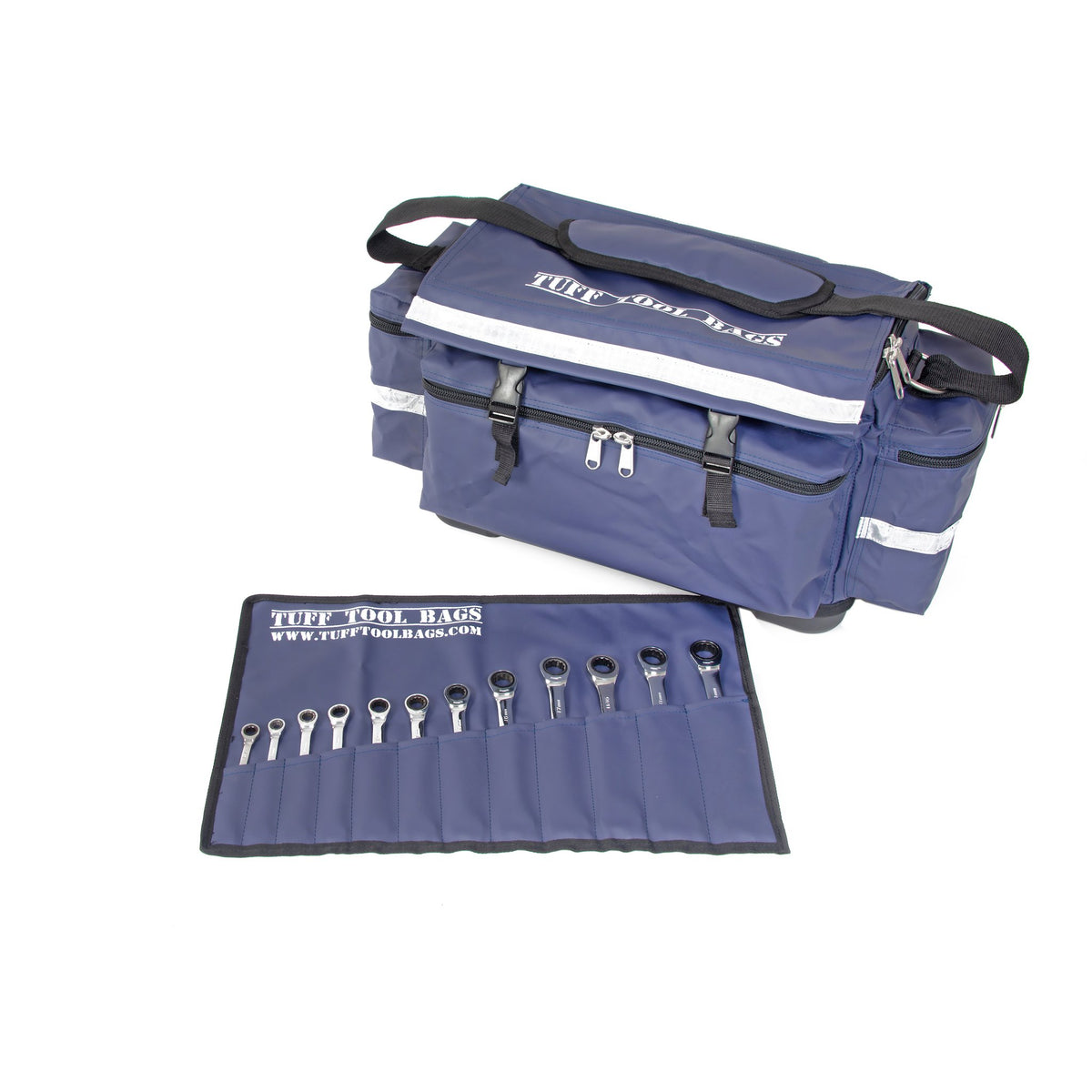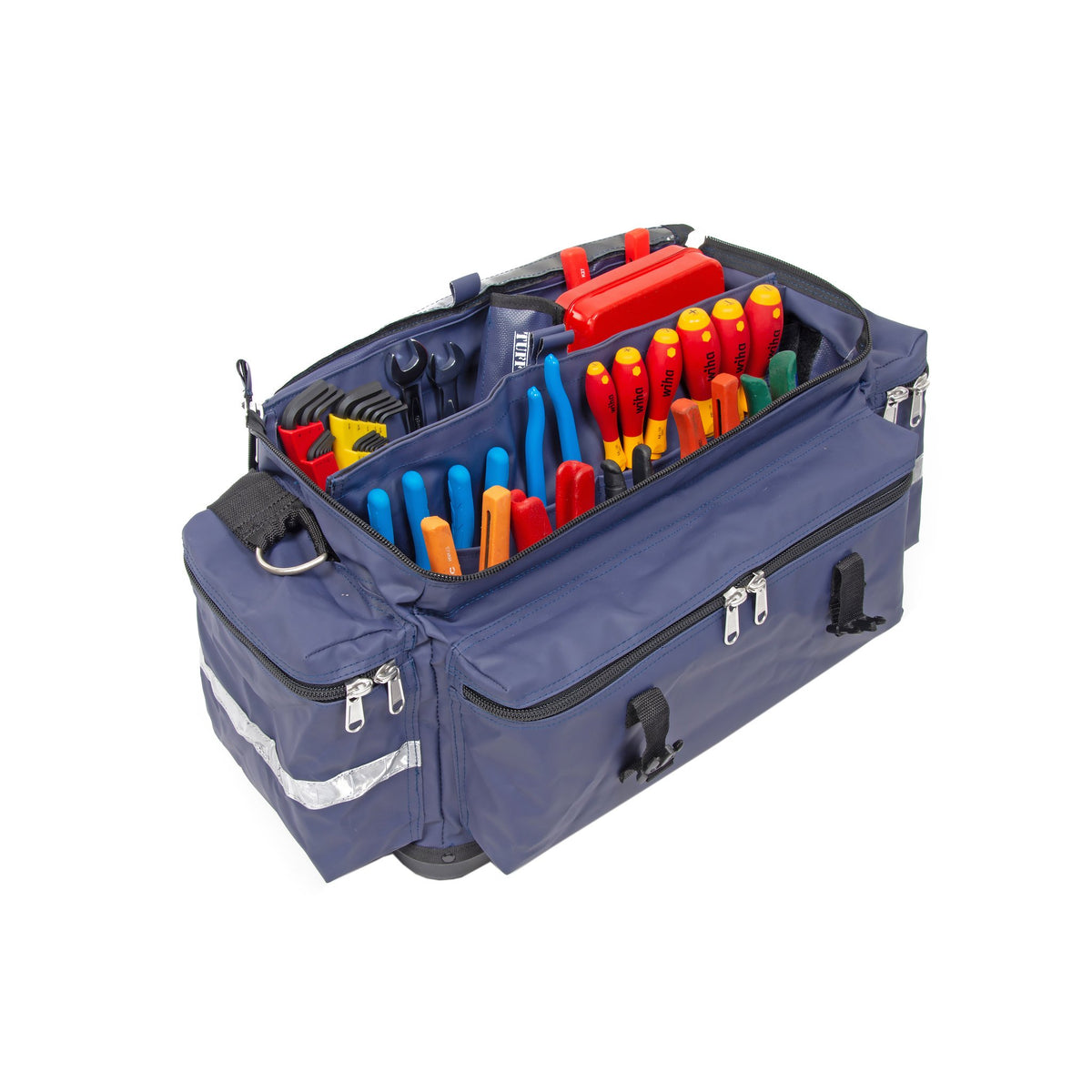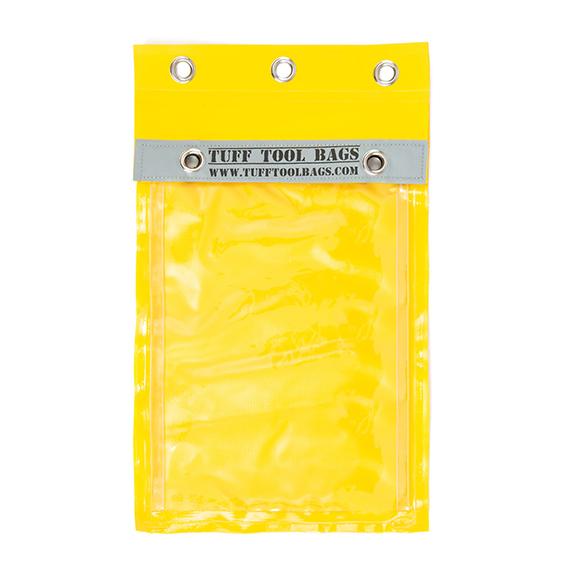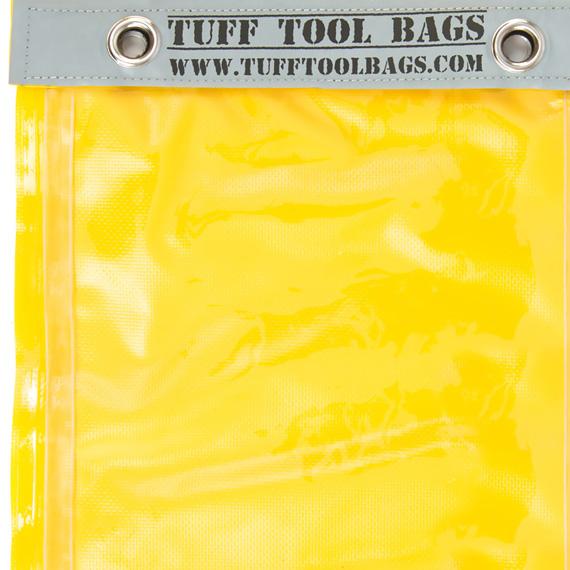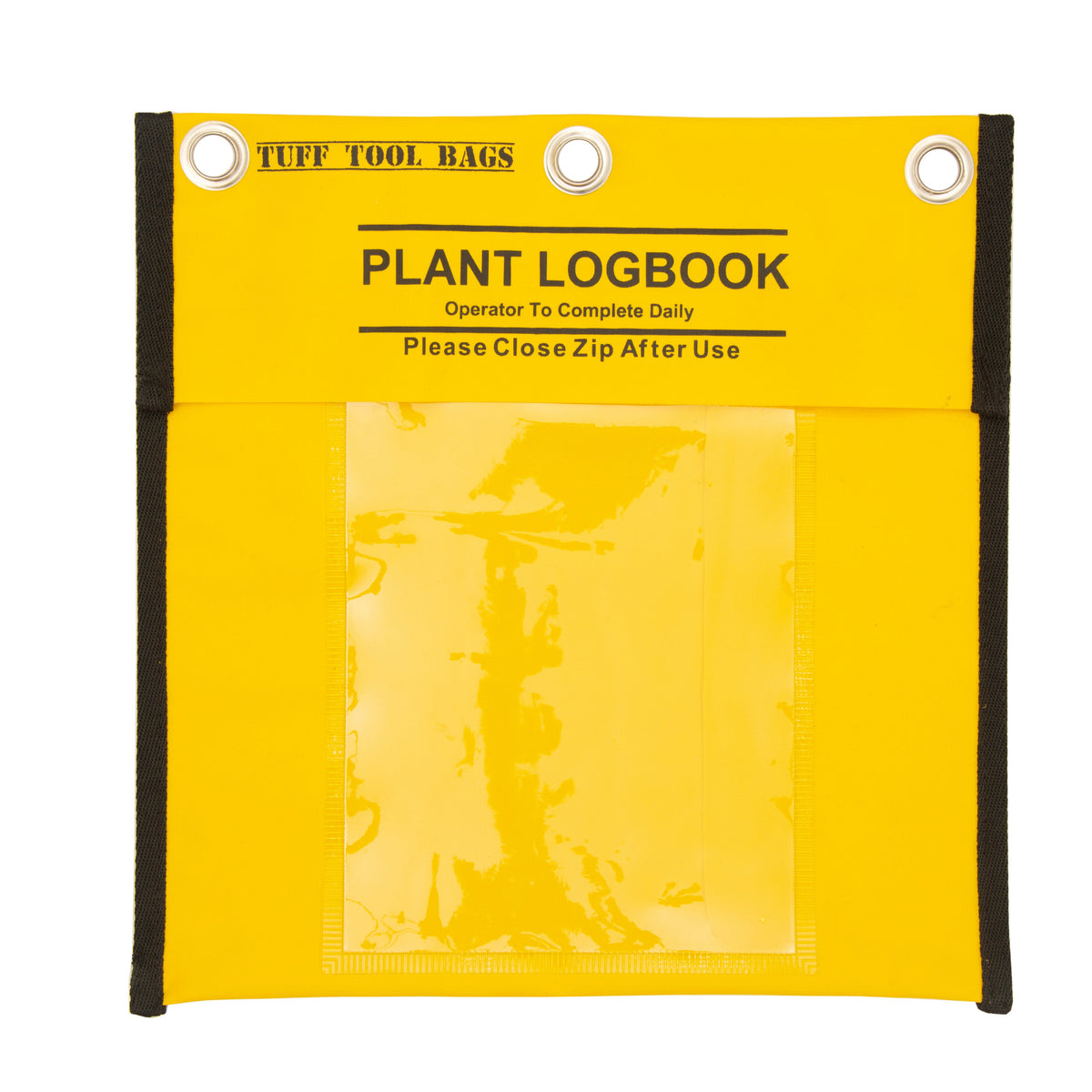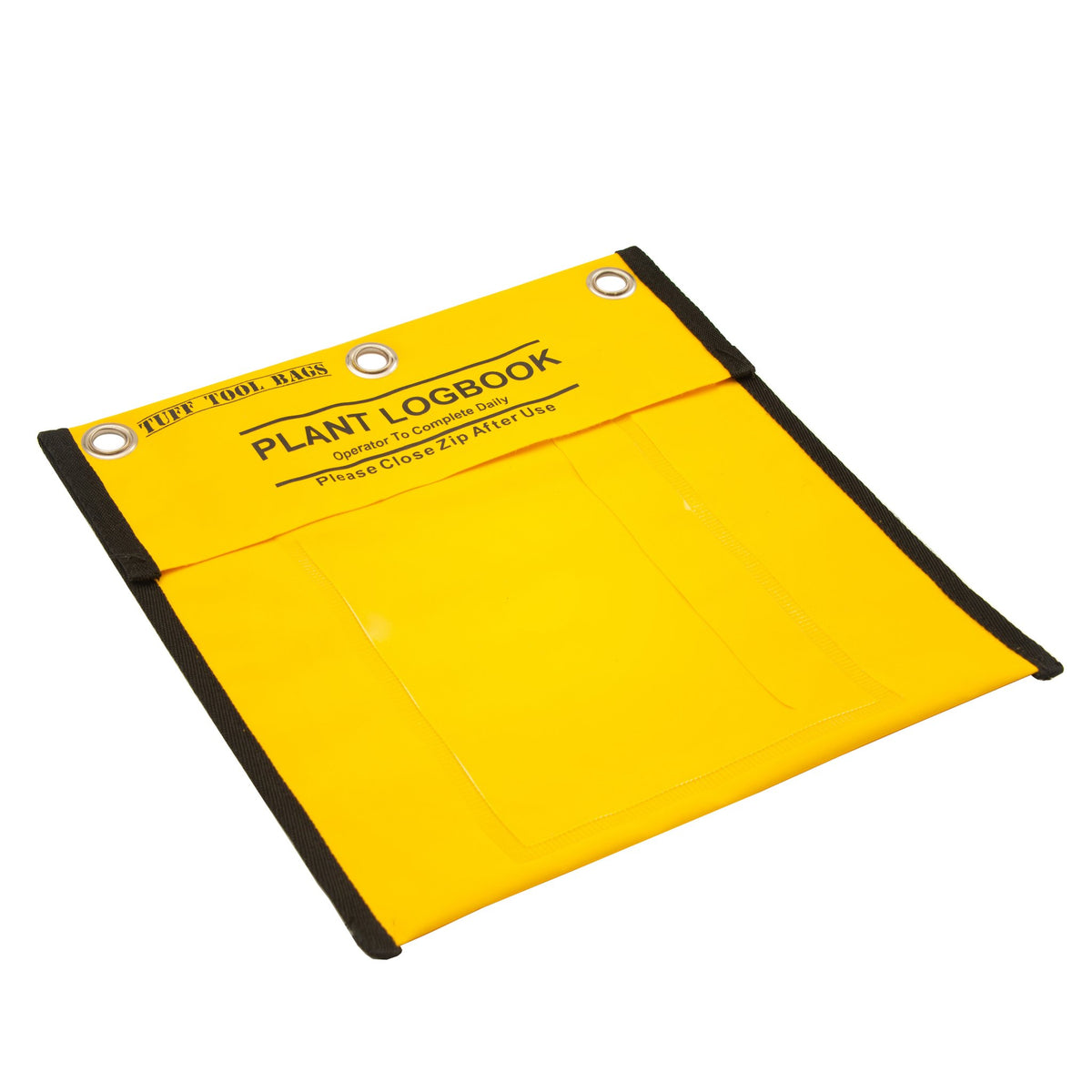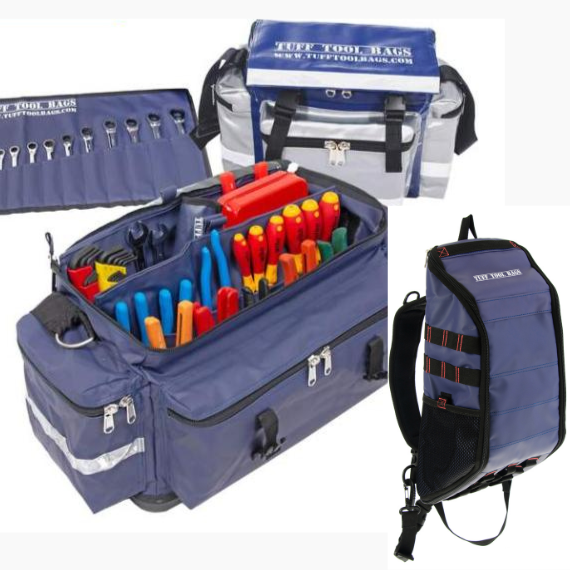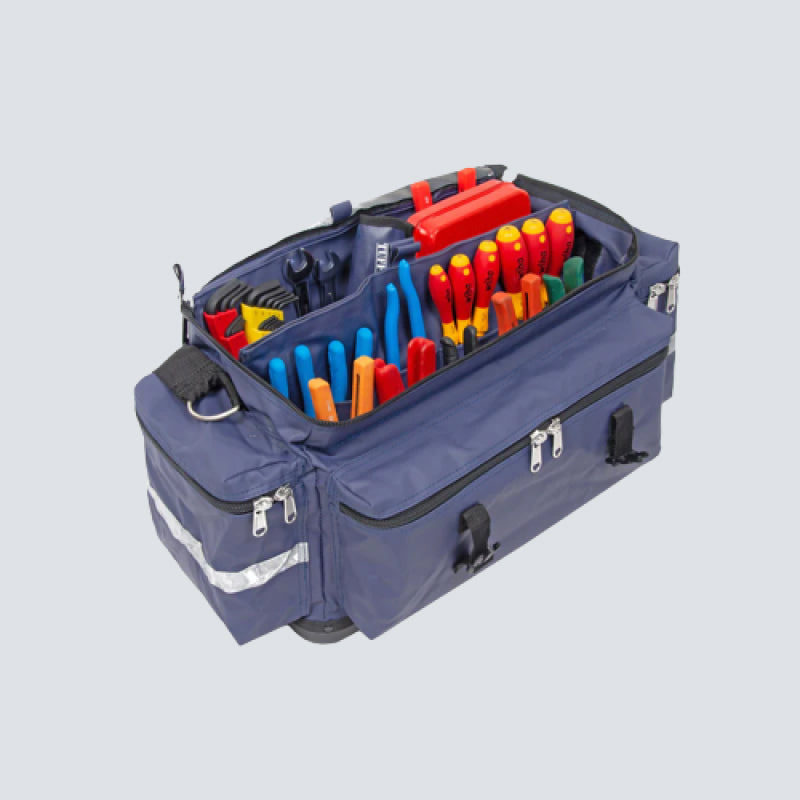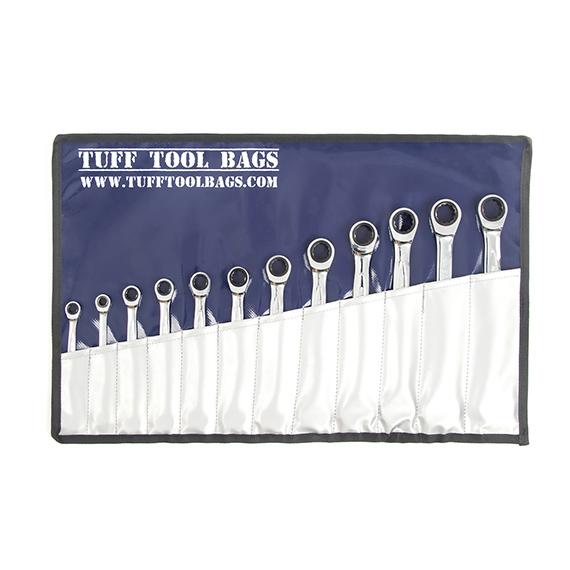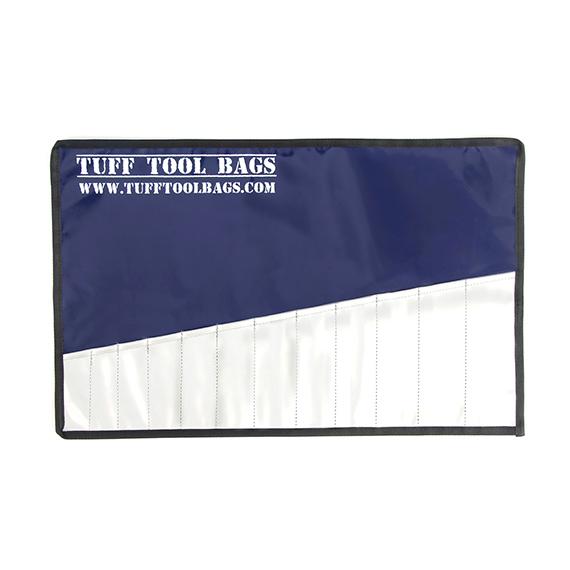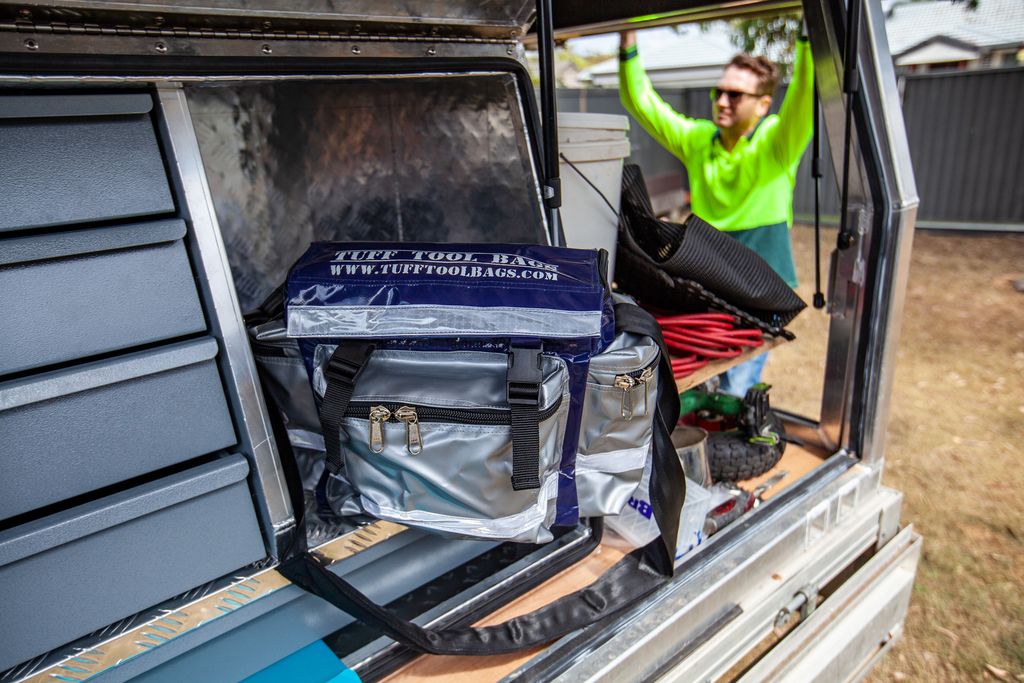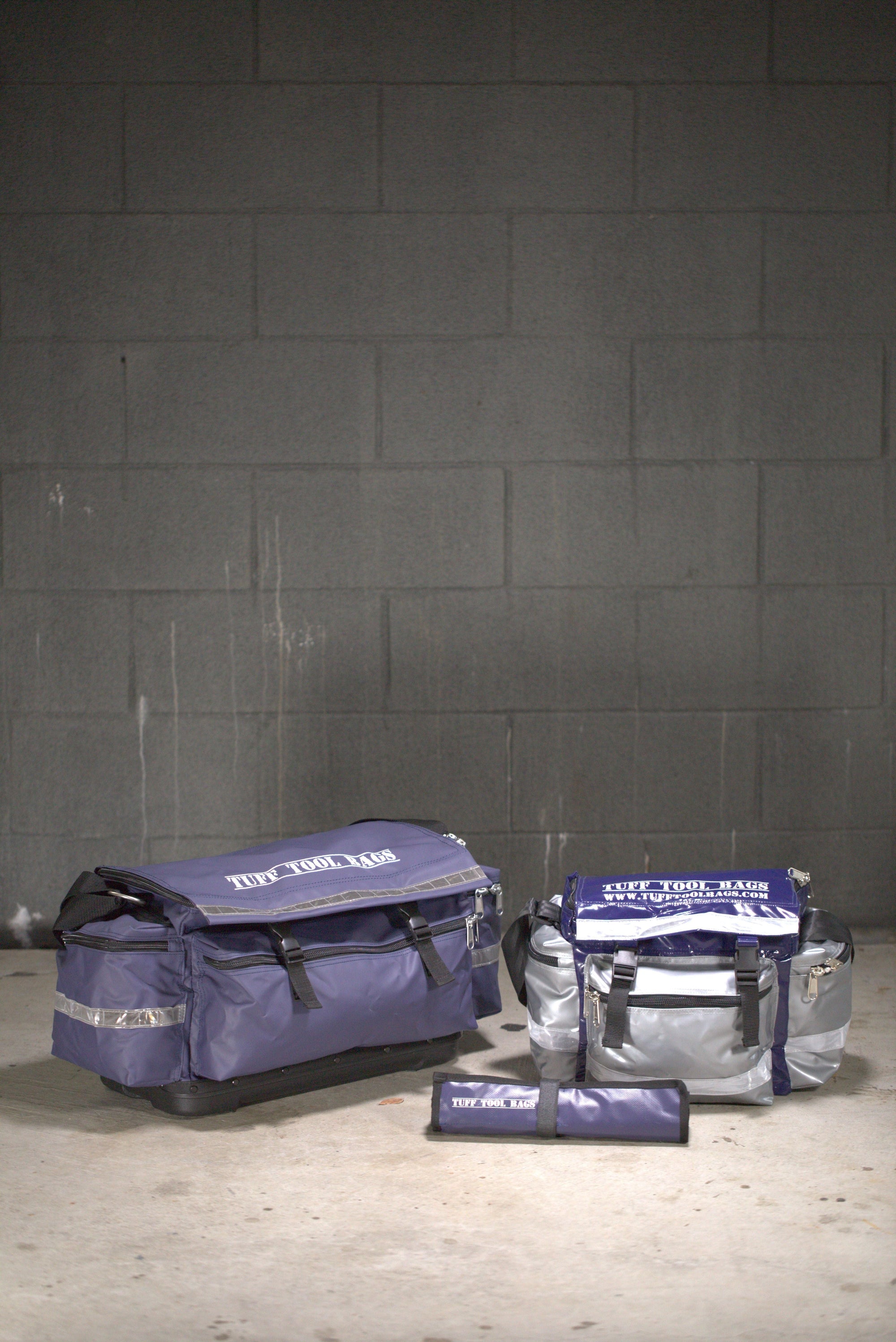A quality tool bag is an investment — one that should carry you through countless jobs, projects, and worksites. But even the toughest tool bags are subject to wear and tear if they’re not looked after properly. At Tuff Tool Bags, we build bags designed to stand up to real Aussie conditions, but with a few smart habits, you can help your bag go the distance and maintain its durability and functionality for years.
Here are our top tips to extend the life of your tool bag:
1. Clean It Out Regularly
Job sites are dusty, dirty, and often unpredictable. Over time, debris like metal shavings, sawdust, and loose fasteners can accumulate in your bag — damaging stitching, tearing fabric, and jamming zippers. Set a routine to empty and clean your tool bag at least once a month.
Quick Tip: Use a handheld vacuum or dry paint brush to clear out fine dust and debris. Wipe the interior and exterior with a damp cloth and mild soapy water if needed. Avoid harsh chemicals or solvents like WD-40 on vinyl, as they can break down the material over time.
2. Store Tools Properly
Every tool has its place — and putting it there protects both your tools and your bag. Sharp edges, heavy components, and awkwardly shaped items can cause premature wear or punctures if they’re thrown in haphazardly.
Make use of the bag’s compartments, sleeves, and loops to distribute weight evenly and keep stress off high-wear areas like seams and zippers.
3. Avoid Overloading
While your tool bag is built to carry a heavy load, it’s still important to respect its design limits. Overloading can stress the stitching, warp the structure, and make the bag uncomfortable or unsafe to carry.
If your kit is growing, consider upgrading to a larger model or dividing tools between your primary bag and a secondary storage option.
4. Protect It from the Elements
Tuff Tool Bags are designed to handle harsh Aussie environments, but extended exposure to sun, rain, and mud will take a toll on any material over time. Whenever possible, store your bag in a dry, shaded area — like your ute’s cab or inside a job trailer.
If your bag does get wet, empty it out and let it dry completely before your next use to prevent mildew, fabric breakdown, and rust on your tools.
5. Inspect and Repair Small Damage Early
Don’t ignore small issues like loose stitching, stuck zippers, or worn handles. These minor faults can quickly turn into major failures if left unchecked.
Early action matters: use a light flame to carefully seal fraying threads, and lubricate zippers periodically with a zipper-friendly product. Avoid using WD-40 or other solvents on vinyl, as they can degrade the material — again, stick with mild soapy water for cleaning.
By taking a few minutes here and there to maintain your tool bag, you’ll get years more use out of it — and keep your tools protected, organised, and ready for work.
Shop the full range of heavy-duty tool bags built for Aussie tradies.


